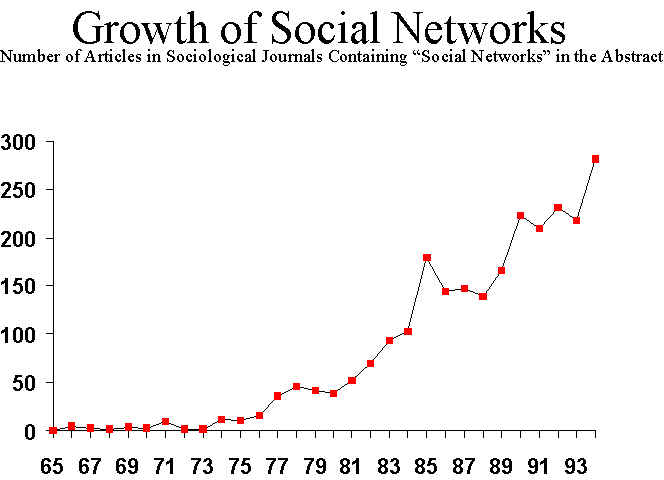
Network analysis is the study of social relations among a set of actors. It is a field of study -- a set of phenomena or data which we seek to understand.
In the process of working in this field, network researchers have developed a set of distinctive theoretical perspectives as well. Some of the hallmarks of these perspectives are:
Network theory is sympathetic with systems theory and complexity theory.
Social networks is also characterized by a distinctive methodology encompassing techniques for collecting data, statistical analysis, visual representation, etc.
Social relations can be thought of as dyadic attributes. Whereas mainstream social science is concerned with monadic attributes (e.g., income, age, sex, etc.), network analysis is concerned with attributes of pairs of individuals, of which binary relations are the main kind. Some examples of dyadic attributes:

1. Substantive effects of social network variables
2. Substantive determinants of social network variables
3. Network determinants of network variables

There are two basic kinds of network analysis, reflecting two basically different kinds of data: ego network analysis, and complete network analysis.
Ego network analysis can be done in the context of traditional surveys. Each respondent is asked about the people they interact with, and about the relationships among those people. Since respondents might be sampled randomly from a large population, in ego network analysis it is unlikely that the respondents will know anyone in common, and no attempt is made to link up the networks. Typically, the analysis of ego networks involves assessing the quality of a person's networks (size, diversity, average income, etc.) or relating attributes of ego with attributes of their alters (homophily). Ego network analysis is extremely convenient because it can be used in conjunction with random sampling, which enables classical statistical techniques to be used to test hypotheses.
Complete network analysis is where you try to obtain all the relationships among a set of respondents, such as all the friendships among employees of a given company. Most of the rhetoric surrounding network analysis is based on complete networks. Techniques such as subgroup analysis, equivalence analysis and measures like centrality all require complete networks.
The field of network analysis is conventionally criticized for being too much methodological and too little theoretical. Critics say that there are few truly network theories of substantive phenomena. This is not a well-considered argument, however, because when examples of network theories are presented, critics say 'that's not really a network theory'. This is natural because theories that account for, say, psychological phenomena, tend to have a lot of psychological content. Theories that account for sociological phenomena have sociological independent variables. Only theories that explain network phenomena tend to have a lot of network content.
A real problem with network analysis in the past has been the inability to test hypotheses statistically, because the data are by their very nature autocorrelated, violating assumptions of independence (random sampling) built-in to most classical statistical tests. With the advent of permutation tests, however, this is much less of problem now.
A continuing problem is the lack of sufficient computing resources to handle large datasets. It is often a problem to bound a social network. If we are looking at needle-sharing among drug users, we can artificially bound the network at some arbitrary boundary, such as city or neighborhood, but this distorts the data. Yet we cannot let the network get too large because we cannot process the data.
| Workshop Home | Steve Borgatti | Analytic Technologies | INSNA | Connections |